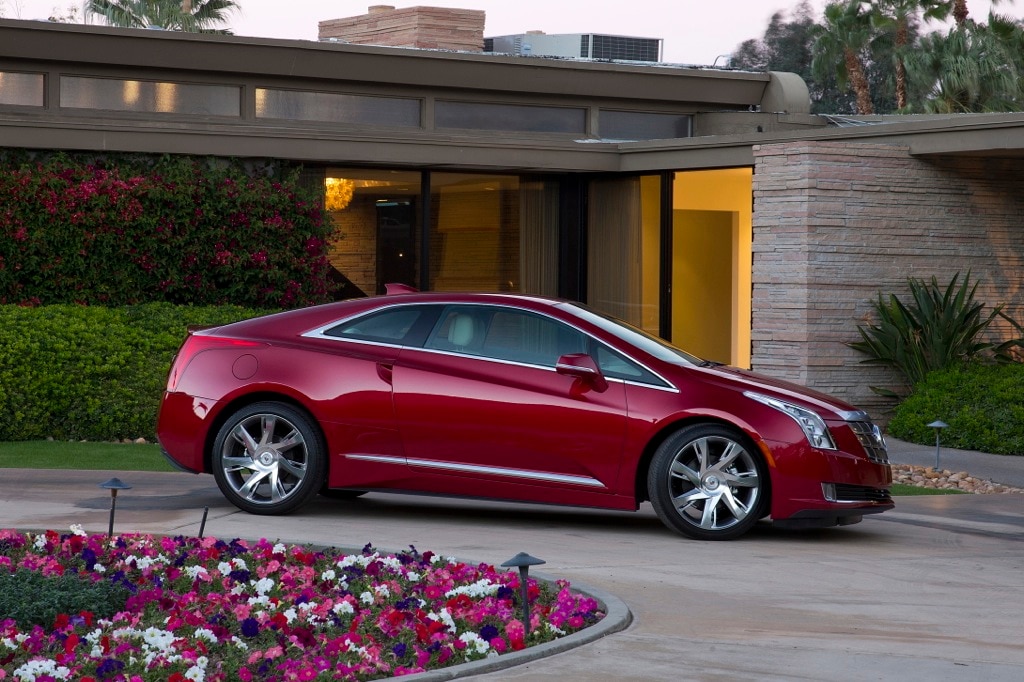

PHEVs can usually drive moderate distances in “EV mode” using only the battery, typically from 20 to 50 miles in current models. Plug-in hybrid electric vehicles (PHEVs) also use batteries to power an electric motor and can be recharged from an external power source, but they incorporate a smaller internal combustion engine that can recharge the battery (or in some models, directly power the wheels) to allow for longer driving ranges. They are propelled by one or more electric motors powered by rechargeable battery packs.Īlmost all BEVs can travel at least 100 miles on a charge, and many new vehicles coming on the market offer an all-electric range of 200-300 miles or more. Included among BEVs are battery-powered buses, such as BEBs and ESBs. (VectorMine/)īattery electric vehicles (BEVs)-also referred to as “all-electric vehicles”-run on electricity only and are recharged from an external power source. There are three types of electric vehicles available on the market: Battery Electric Vehicles (BEVs) Both BEVs and PHEVs can be recharged from external sources and are capable of operating with zero tailpipe emissions. This section provides an overview of the various types of EVs and types of charging infrastructure, with information pertaining to light-, medium-, and heavy-duty electric vehicles, including battery electric buses (BEBs) used in transit applications, electric school buses (ESBs), and electric micromobility such as electric bicycles (e-bikes). Some EVs operate solely on batteries, while others are plug-in hybrid models with both an electric motor and an internal combustion engine. The EV market is evolving rapidly, with models available in a range of vehicle types, from compact cars and sedans to sport utility vehicles (SUVs) and pickup trucks. Environmental Statutes and Executive OrdersĮlectric mobility includes light-duty automobiles, medium- and heavy-duty electric vehicles, electric micromobility devices, and transit vehicles.Implementation, Installation, and Maintenance.Resources for EV Infrastructure Planning.Overview of Federal Funding and Financing Programs.Overview: Funding and Financing for Rural Areas.EV Infrastructure Funding and Financing for Rural Areas.Guiding Principles for Planning and Implementation.

EV Infrastructure Planning for Rural Areas.Statewide and Multistate Partners and Initiatives.Overview: Partnership Opportunities for EV Infrastructure.Benefits and Implementation Challenges of Bus Electrification.Implementation Challenges and Evolving Solutions for Rural Communities.Benefits and Implementation Challenges of Rural EV Vehicle Electrification.


 0 kommentar(er)
0 kommentar(er)
